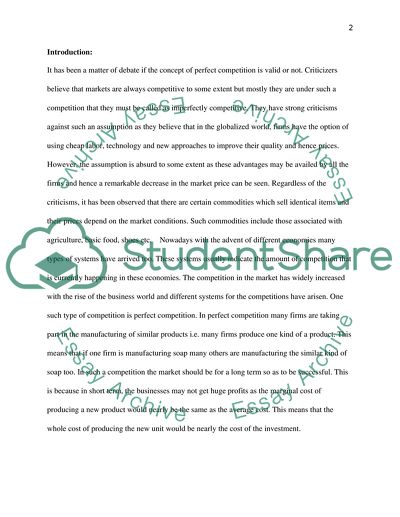Cite this document
(“Perfect Competition and Long-run Equilibrium Term Paper”, n.d.)
Retrieved from https://studentshare.org/macro-microeconomics/1559095-perfect-competition-and-long-run-equilibrium
Retrieved from https://studentshare.org/macro-microeconomics/1559095-perfect-competition-and-long-run-equilibrium
(Perfect Competition and Long-Run Equilibrium Term Paper)
https://studentshare.org/macro-microeconomics/1559095-perfect-competition-and-long-run-equilibrium.
https://studentshare.org/macro-microeconomics/1559095-perfect-competition-and-long-run-equilibrium.
“Perfect Competition and Long-Run Equilibrium Term Paper”, n.d. https://studentshare.org/macro-microeconomics/1559095-perfect-competition-and-long-run-equilibrium.


